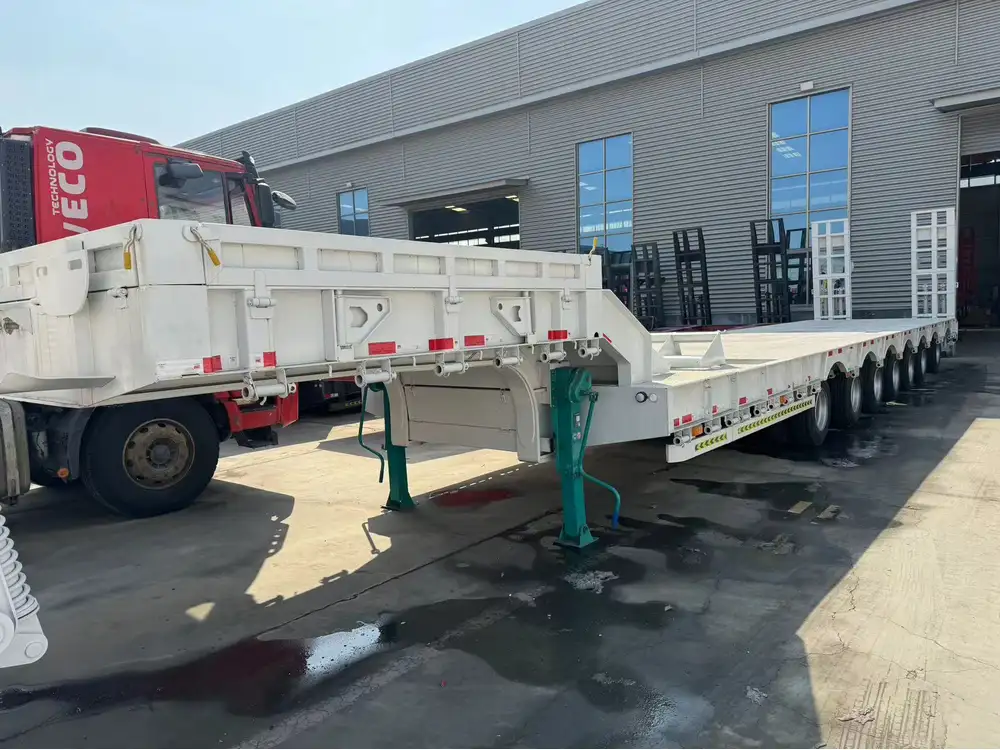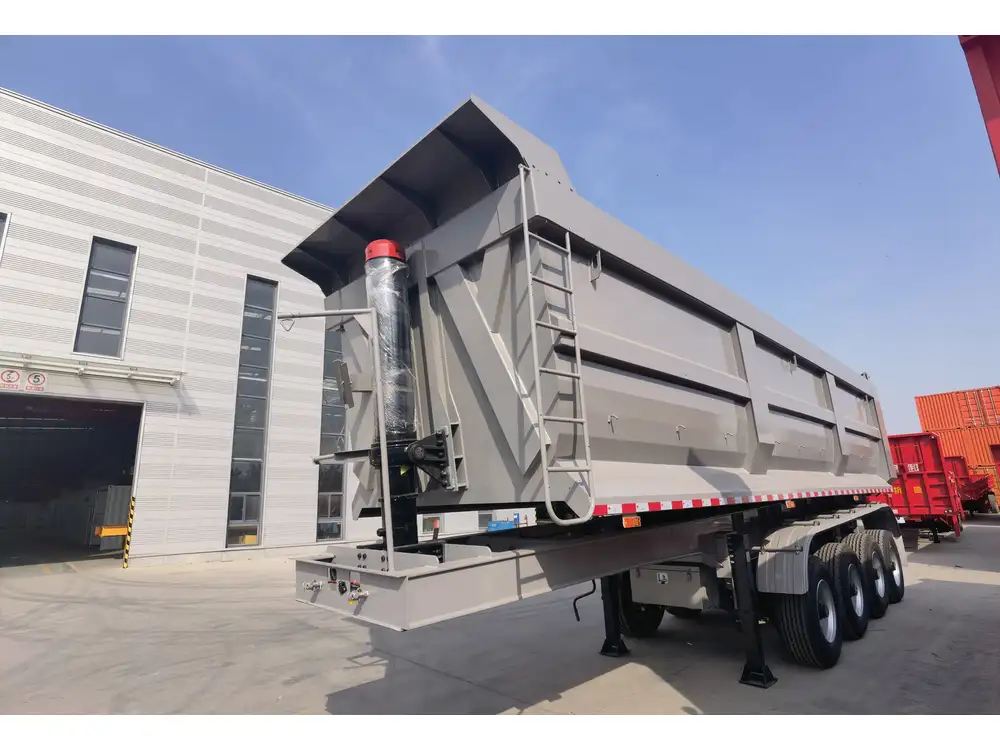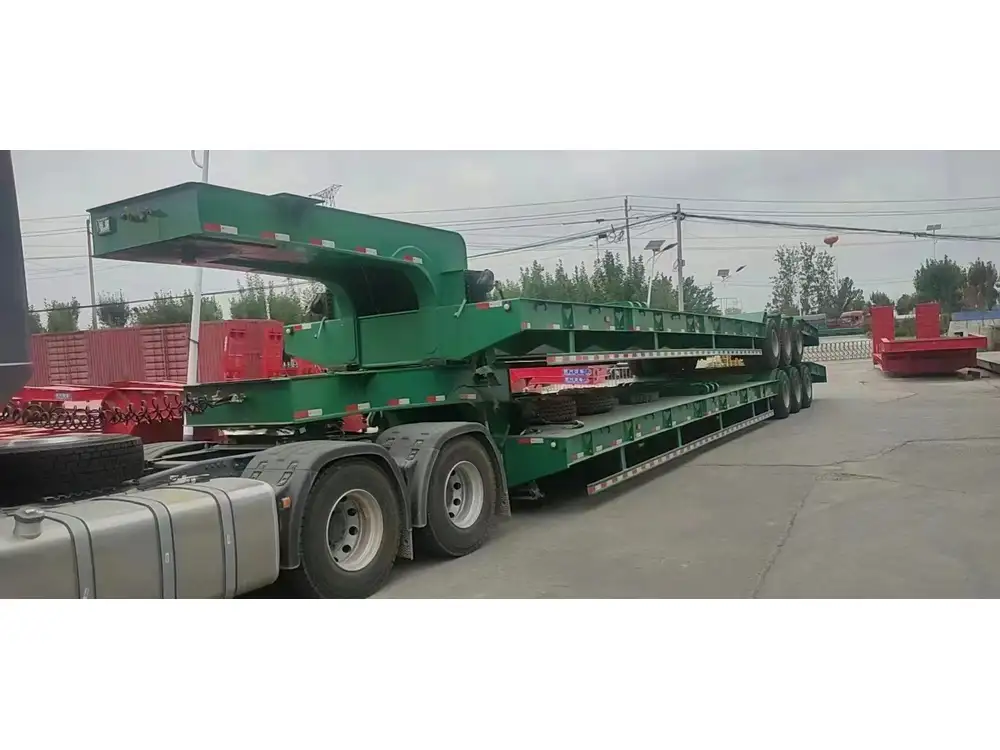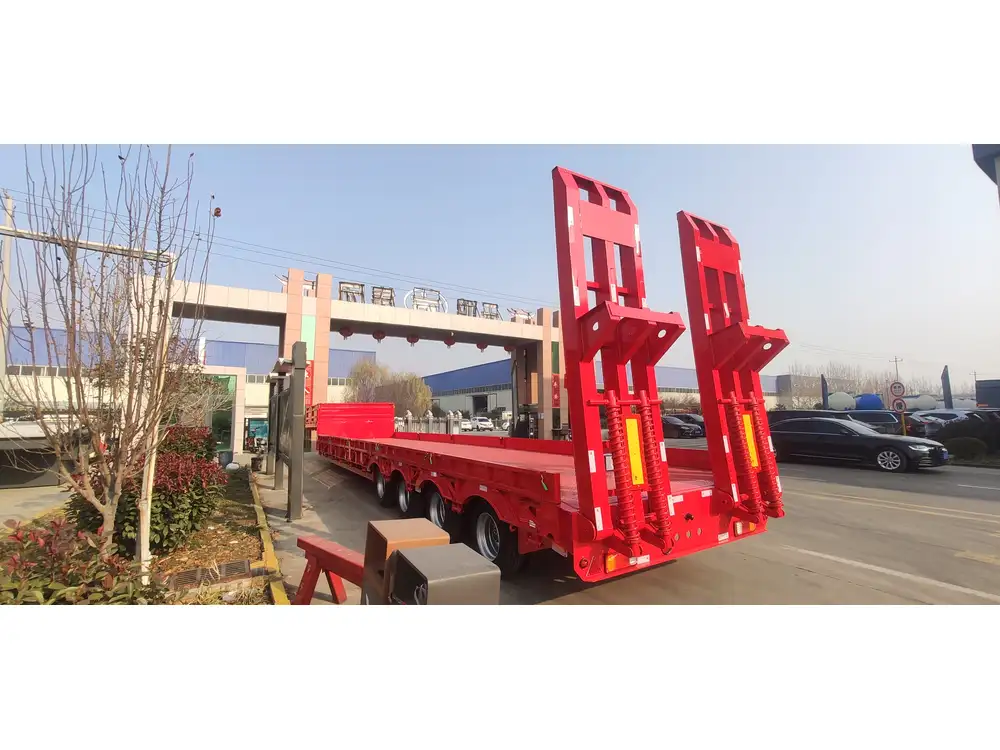Building sides on a flatbed trailer is an undertaking that can significantly enhance the utility and versatility of your trailer. This comprehensive guide provides detailed insights into the process, material selection, design considerations, and safety protocols, ultimately equipping you with the knowledge to transform your flatbed trailer into a secure and functional transportation solution.
Table of Contents
- Introduction to Flatbed Trailers
- Understanding the Need for Sides on Flatbed Trailers
- Material Selection: Choosing the Right Components
- 3.1 Wood
- 3.2 Metal
- 3.3 Composite Materials
- Design Considerations
- 4.1 Height and Dimensions
- 4.2 Opening Mechanisms
- 4.3 Aesthetic Design
- Tools and Equipment Needed
- Step-by-Step Guide to Building Sides
- 6.1 Preparing the Trailer
- 6.2 Installing Side Rails
- 6.3 Attaching the Wall Panels
- 6.4 Finishing Touches
- Safety Considerations and Legal Regulations
- Maintenance Tips for Longevity
- Conclusion
1. Introduction to Flatbed Trailers
Flatbed trailers are a cornerstone of transport logistics, featuring a flat, level bed without sides or a roof. This design simplifies the loading and unloading of diverse cargo, which can range from machinery to loose materials. However, the inherent openness makes securing certain types of loads challenging, necessitating additional structures like sides for better restraint.

2. Understanding the Need for Sides on Flatbed Trailers
Sides on flatbed trailers provide several critical functions:
- Enhanced Cargo Security: Prevents shifting or falling during transit, which is essential for ensuring safety.
- Aiding in Load Management: Allows for stacking or greater weight distribution, optimizing space.
- Compliance with Regulations: Many jurisdictions require side structures for transporting specific goods.
3. Material Selection: Choosing the Right Components
When building sides, material selection plays a pivotal role in functionality, durability, and maintenance.
3.1 Wood
Wood is a classic choice for building trailer sides due to its availability and ease of use:
- Pros: Lightweight, cost-effective, easy to work with.
- Cons: Prone to rot, requires regular treatment.

3.2 Metal
Metal provides unmatched strength and longevity, making it ideal for more demanding use:
- Pros: Extremely durable, resistant to rot, low maintenance.
- Cons: Heavier, potentially more expensive, susceptible to corrosion without proper treatment.
3.3 Composite Materials
Composite materials present a modern solution, blending flexibility with durability:
- Pros: Lightweight, resistant to many environmental factors, customizable designs.
- Cons: May be more expensive and less readily available.
4. Design Considerations
Before starting construction, critical design factors must be addressed.

4.1 Height and Dimensions
Determine the appropriate height for your sides based on the loads you intend to carry and local regulations, ensuring your trailer’s overall balance and center of gravity remain stable.
4.2 Opening Mechanisms
Consider incorporating features like fold-down sides or removable panels for easier loading and unloading.
4.3 Aesthetic Design
Though not crucial to functionality, an aesthetically pleasing design can enhance the appearance of your trailer and even add to its resale value.

5. Tools and Equipment Needed
Equipping yourself with the right tools is essential for this project:
| Tool/Equipment | Purpose |
|---|---|
| Measuring Tape | To measure dimensions correctly |
| Power Drill | For drilling holes in the materials |
| Saw | To cut wood or metal components |
| Wrenches | For securing bolts and screws |
| Paint/Spray Coating | For finishing and protecting materials |
| Safety Gear | Helmets, goggles, gloves, etc. |
6. Step-by-Step Guide to Building Sides
6.1 Preparing the Trailer
Before construction begins, prepare the trailer by thoroughly inspecting the frame for any existing damages or weaknesses. Ensure the surface is clean and free from debris.

6.2 Installing Side Rails
- Measure and Cut: Determine the desired length of the side rails. Cut your chosen material (wood, metal, or composite) to achieve the desired dimensions.
- Position the Rails: Attach the side rails to the trailer using bolts and brackets. Ensure everything is level and evenly spaced.
- Secure Properly: Tighten all bolts and ensure there are no loose components.
6.3 Attaching the Wall Panels
- Measure and Cut the Panels: Based on the height and width of your side rails, cut the panels accordingly.
- Install Panels: Secure the panels to the rails with screws or bolts, making sure to create a snug fit both top and bottom.
- Check and Level: Ensure all panels are level before finalizing installation.
6.4 Finishing Touches
Apply a protective coating to your materials, particularly metals, to prevent corrosion. If using wood, consider a waterproof sealant or paint to enhance durability.

7. Safety Considerations and Legal Regulations
Before hitting the road, it’s vital to adhere to local laws regarding trailer modifications. Ensure your load is always balanced and secured.
- Check Local Regulations: Different regions have different requirements regarding trailer safety and dimensions.
- Secure Loads Properly: Ensure all loads are strapped down adequately to prevent shifting.
- Regular Inspections: Prior to use, conduct inspections of both the trailer and the newly installed sides.
8. Maintenance Tips for Longevity
Regular maintenance is key to extending the life of your trailer sides:
- Wood: Inspect for signs of rot and retreat annually.
- Metal: Keep an eye out for rust and repaint or reseal as necessary.
- Composite: Wipe down regularly to prevent dirt build-up, which can degrade materials over time.
9. Conclusion
Building sides on a flatbed trailer is a practical enhancement that provides security, compliance, and increased functionality. By selecting the appropriate materials, adhering to design principles, and following our detailed construction guide, you can significantly optimize your trailer’s capabilities, ensuring it serves you well for years to come. Embrace this DIY endeavor and elevate your flatbed trailer experience today!



